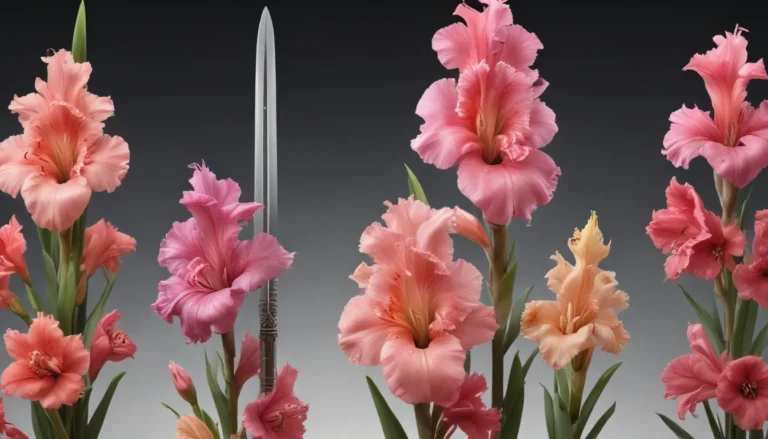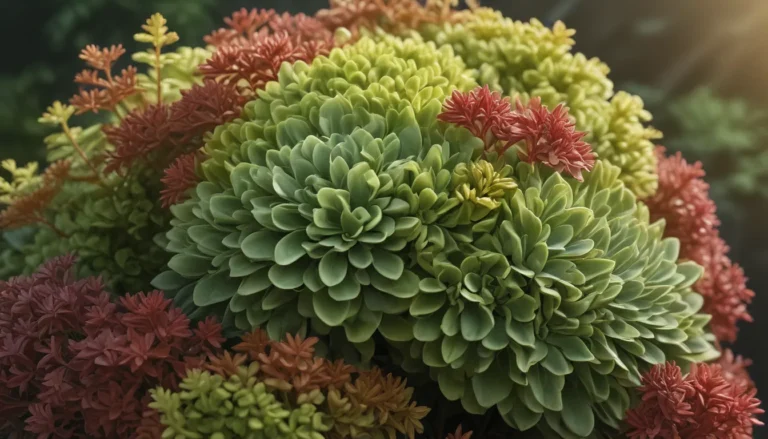The pictures we use in our articles might not show exactly what the words say. We choose these pictures to make you interested in reading more. The pictures work together with the words but don’t take their place. The words still tell you the important facts.
Are you fascinated by the beauty of plants and looking to add a touch of intrigue to your garden or indoor space? Look no further than the enigmatic Aucuba plant. Known for its glossy evergreen leaves and vibrant variegation, Aucuba is a captivating addition that can elevate the aesthetic appeal of any environment. Join us as we unravel the mysteries behind this remarkable plant and explore 15 intriguing facts that will enhance your appreciation for this unique botanical treasure.
The Origins and Characteristics of Aucuba
Aucuba, scientifically known as Aucuba japonica, traces its origins to East Asia, particularly countries like Japan, China, and Korea. These evergreen shrubs are prized for their striking foliage, featuring large, leathery leaves in a variety of colors ranging from green to yellow, white, or even pink. While Aucuba plants produce inconspicuous flowers, their glossy variegated leaves steal the spotlight and add a touch of elegance to any garden or indoor setting.
The Unique Features of Aucuba Plants
- Aucuba plants are dioecious, meaning they have separate male and female flowers on different plants. The female plants bear small, berry-like fruits that can range in color from red to black.
- Due to their attractive foliage, Aucuba plants are commonly referred to as "Spotted Laurel" or "Japanese Laurel," highlighting their resemblance to laurel plants and their Japanese origin.
- Aucuba plants are highly adaptable and can thrive in various growing conditions, making them a popular choice for gardens, landscapes, and indoor spaces.
- While the berries of Aucuba plants may be visually appealing, it's essential to note that they are toxic if ingested, so caution should be exercised to ensure the safety of children and pets.
Cultivating and Caring for Aucuba Plants
If you're considering incorporating Aucuba plants into your garden or indoor space, here are some essential care tips to help them thrive:
- Place your Aucuba plant in a location with partial shade and well-draining soil to ensure optimal growth.
- Water your plant regularly, keeping the soil consistently moist but not waterlogged.
- Prune any dead or damaged leaves to maintain the plant's health and appearance.
- Fertilize your Aucuba plant once a month during the growing season with a balanced, slow-release fertilizer to promote healthy growth.
Aucuba Plants in Traditional Chinese Medicine
In addition to their ornamental value, Aucuba plants have a rich history in traditional Chinese medicine. Certain parts of the plant are used to treat ailments such as rheumatism, arthritis, and menstrual disorders due to their believed anti-inflammatory and analgesic properties. This intriguing aspect adds a layer of depth to the enigmatic nature of Aucuba plants.
Enhancing Your Indoor Space with Aucuba Plants
With their glossy leaves and vibrant colors, Aucuba plants make excellent ornamental additions to indoor spaces. Whether you're a seasoned gardener or a nature enthusiast, incorporating Aucuba plants into your indoor decor can elevate the visual appeal of any room. Their unique patterns and hardy nature bring an element of intrigue and allure to indoor environments.
Exploring Aucuba Plants in Landscape Design
If you're looking to create breathtaking outdoor spaces, consider incorporating Aucuba plants into your landscape design. Their tolerance to air pollution, adaptability to various growing conditions, and ability to thrive in shady areas make them versatile and valuable additions to any garden or yard. Whether you're aiming to enhance the aesthetics of urban environments or create lush greenery in shaded corners, Aucuba plants offer a wealth of design possibilities.
Frequently Asked Questions About Aucuba Plants
- How should I care for my Aucuba plant?
-
Place your Aucuba plant in partial shade with well-draining soil, water regularly, prune dead or damaged leaves, and fertilize monthly during the growing season.
-
Can Aucuba plants tolerate cold weather?
-
Yes, Aucuba plants are hardy and can withstand cold weather, but providing protection such as mulching during extreme winters is advisable.
-
Are Aucuba plants toxic to pets?
-
Yes, Aucuba plants are toxic to pets if ingested, so it's crucial to keep them out of reach of animals.
-
Can Aucuba plants be grown indoors?
-
Yes, Aucuba plants thrive in bright, indirect light indoors and can enhance the beauty of indoor spaces.
-
How often should I fertilize my Aucuba plant?
- Fertilize your Aucuba plant once a month with a balanced, slow-release fertilizer to support healthy growth.
Embark on a Journey of Discovery with Aucuba Plants
In conclusion, Aucuba plants are shrouded in mystery and intrigue, making them a captivating choice for plant enthusiasts and nature lovers alike. Whether you're drawn to their glossy foliage, vibrant colors, or medicinal properties, Aucuba plants offer a unique blend of beauty and utility. By incorporating these remarkable plants into your garden, indoor space, or landscape design, you can unlock a world of possibilities and experience the joys they bring to your life.
Was this page helpful?
Our dedication to providing reliable and compelling content drives our commitment to delivering accurate and engaging information. Each fact shared on our site reflects the contributions of real users like you, ensuring a diverse range of insights and knowledge. With our meticulous editorial review process, we guarantee the credibility and authenticity of the information we provide. Trust in our pursuit of excellence as you explore the fascinating world of plants and gardening with us.






